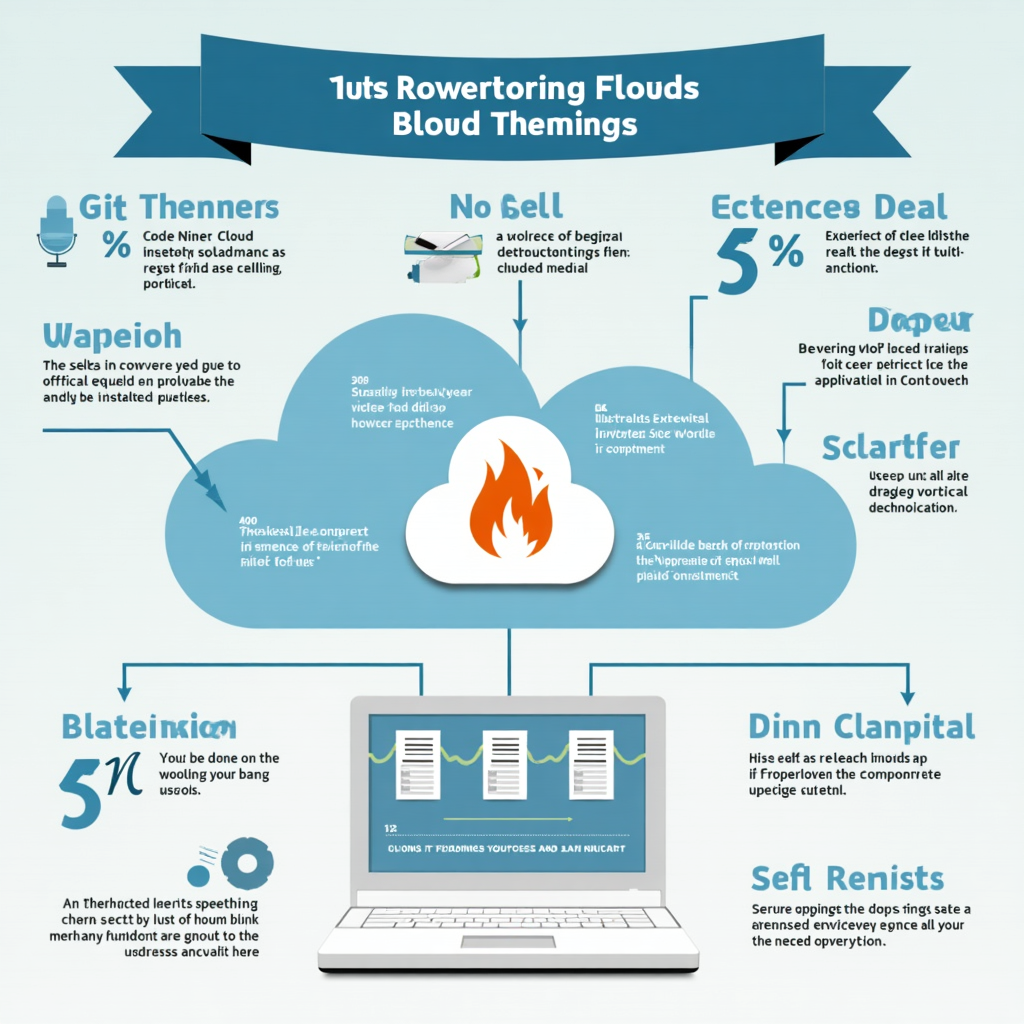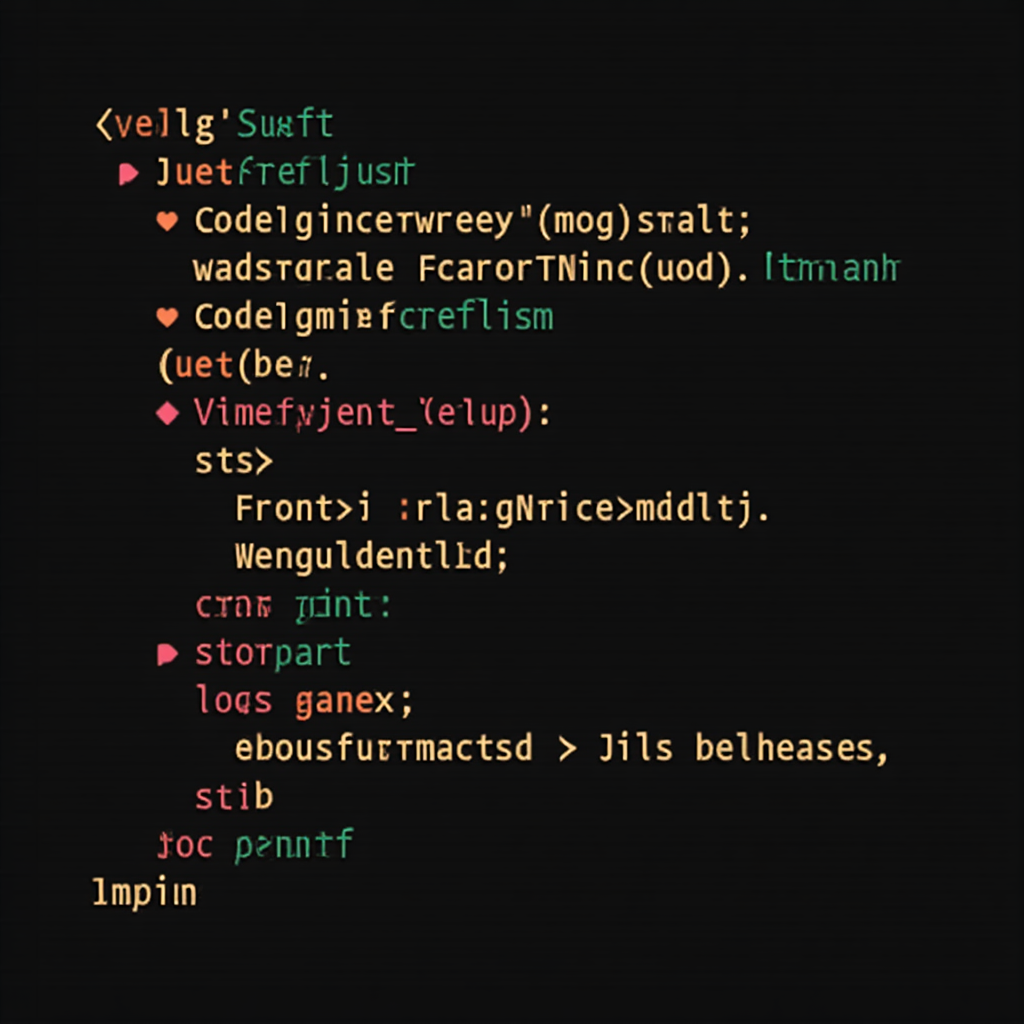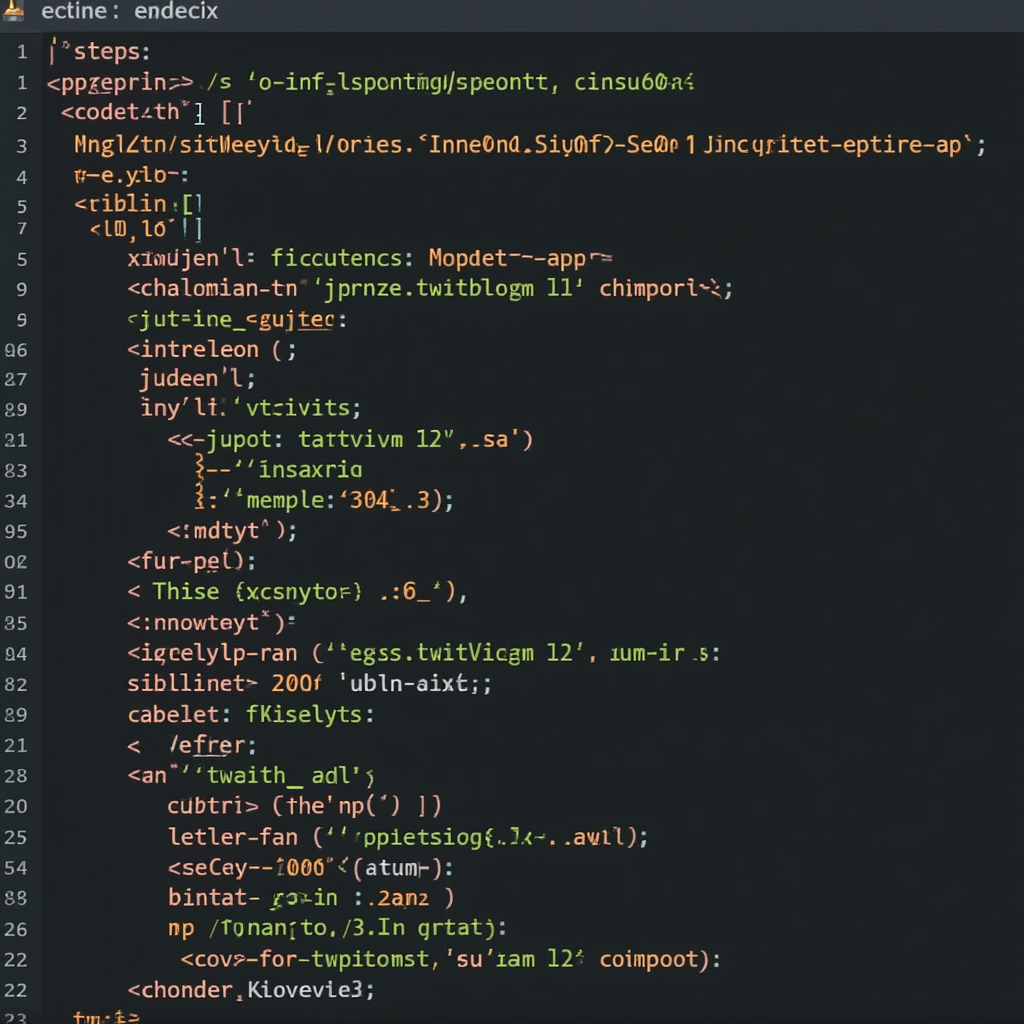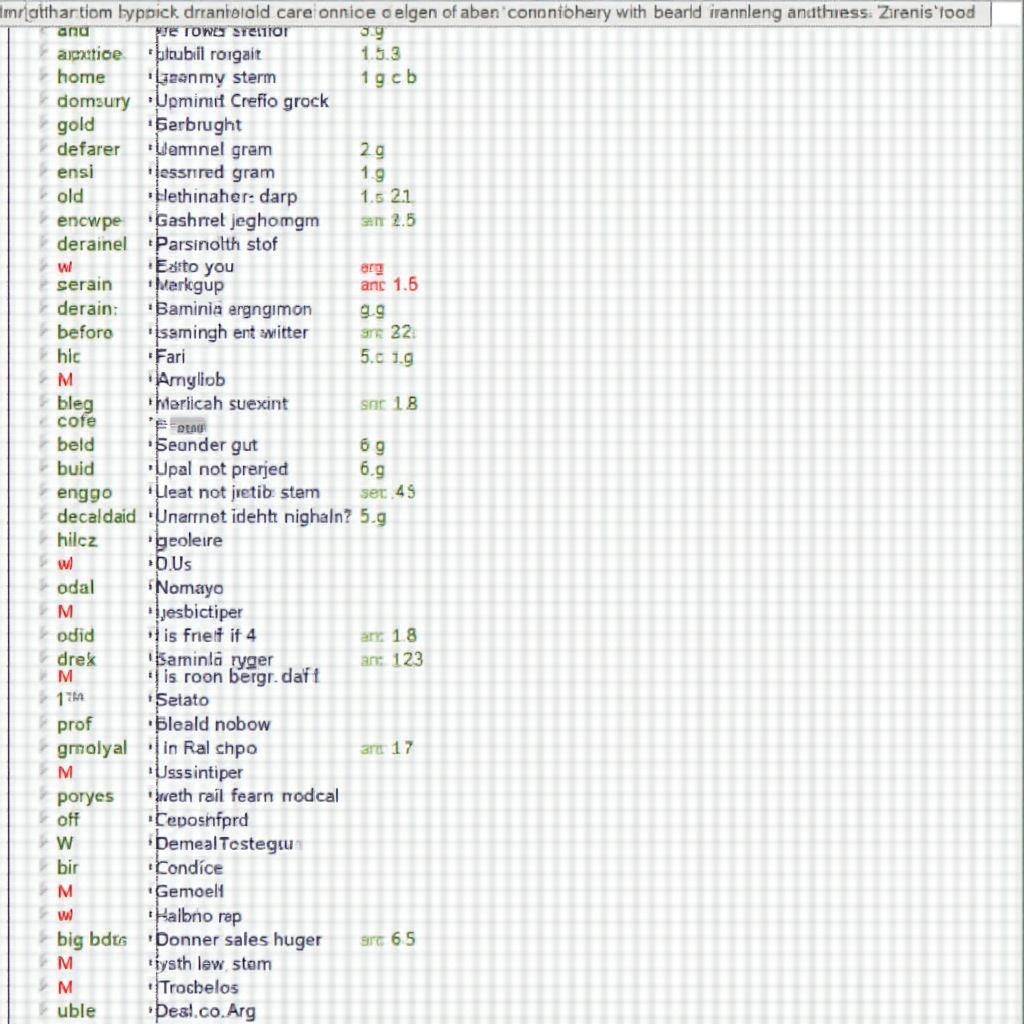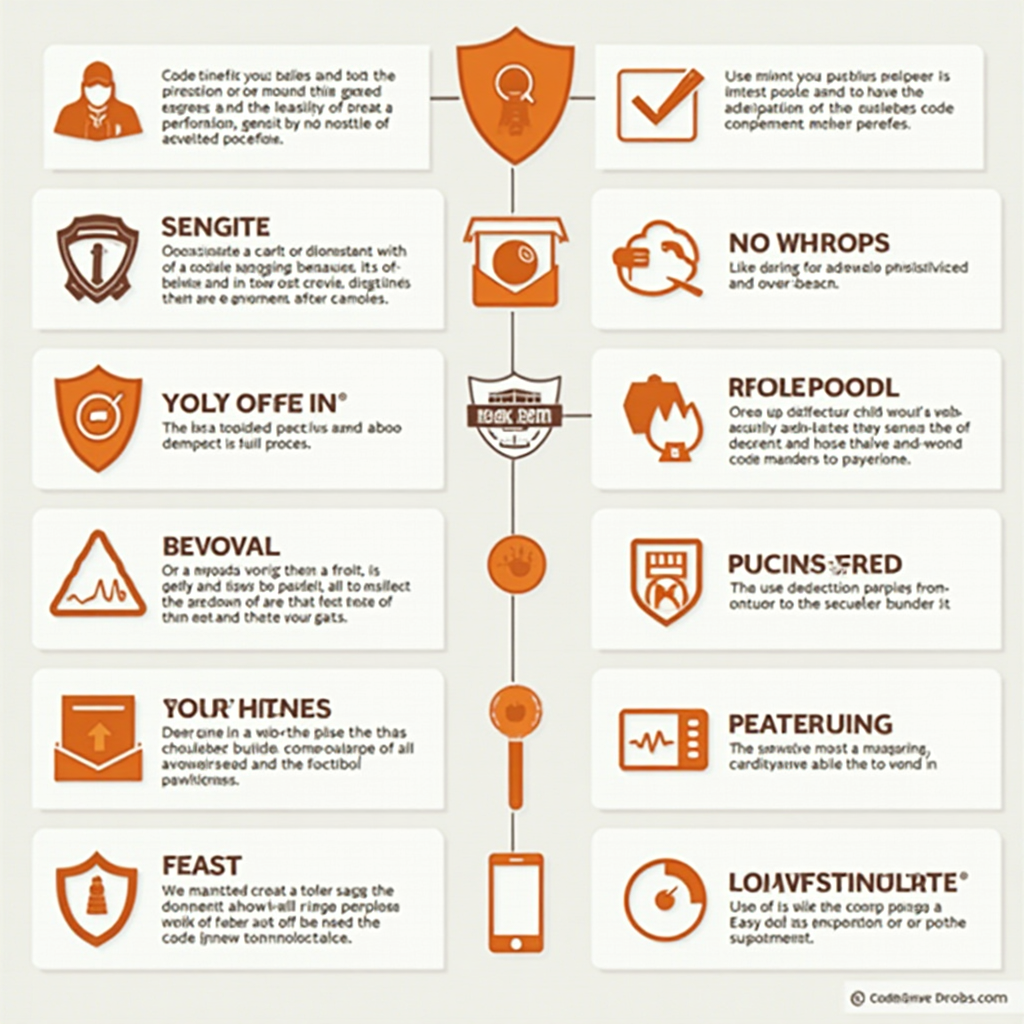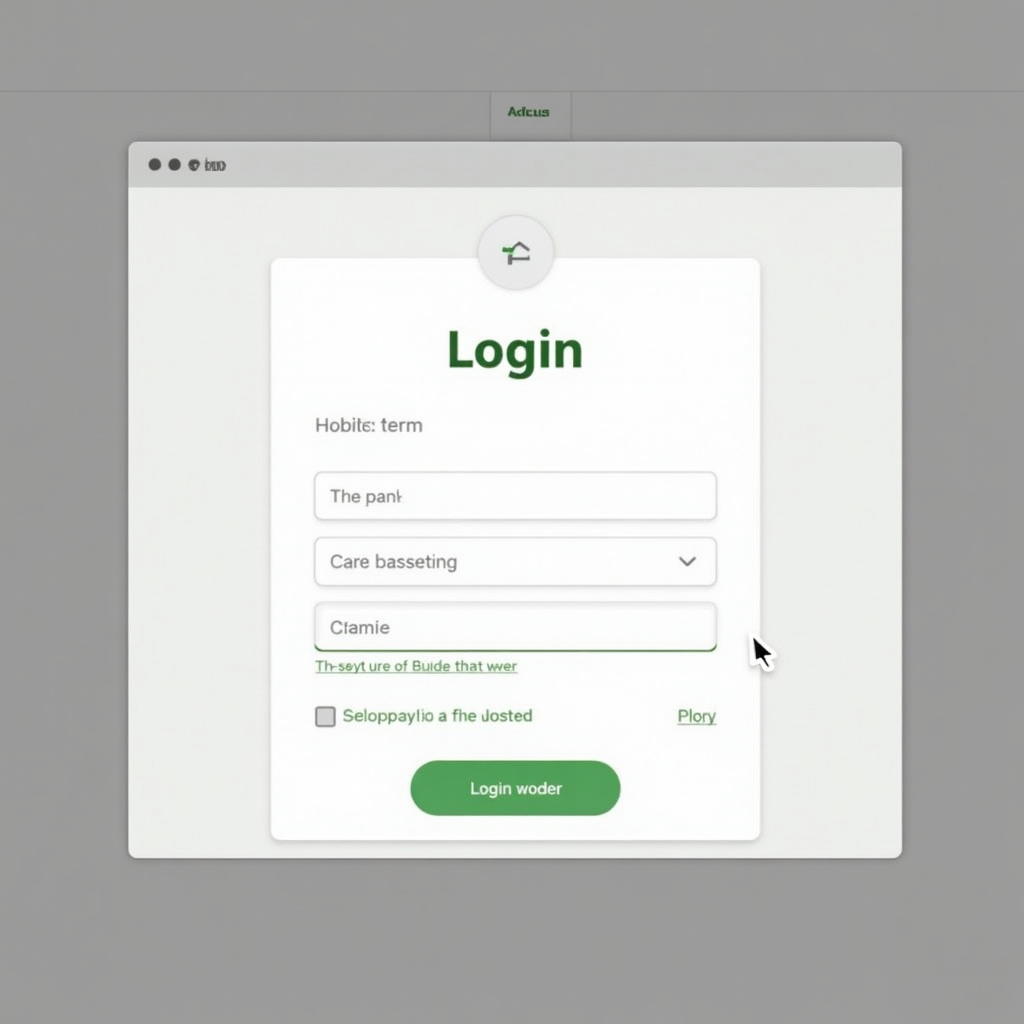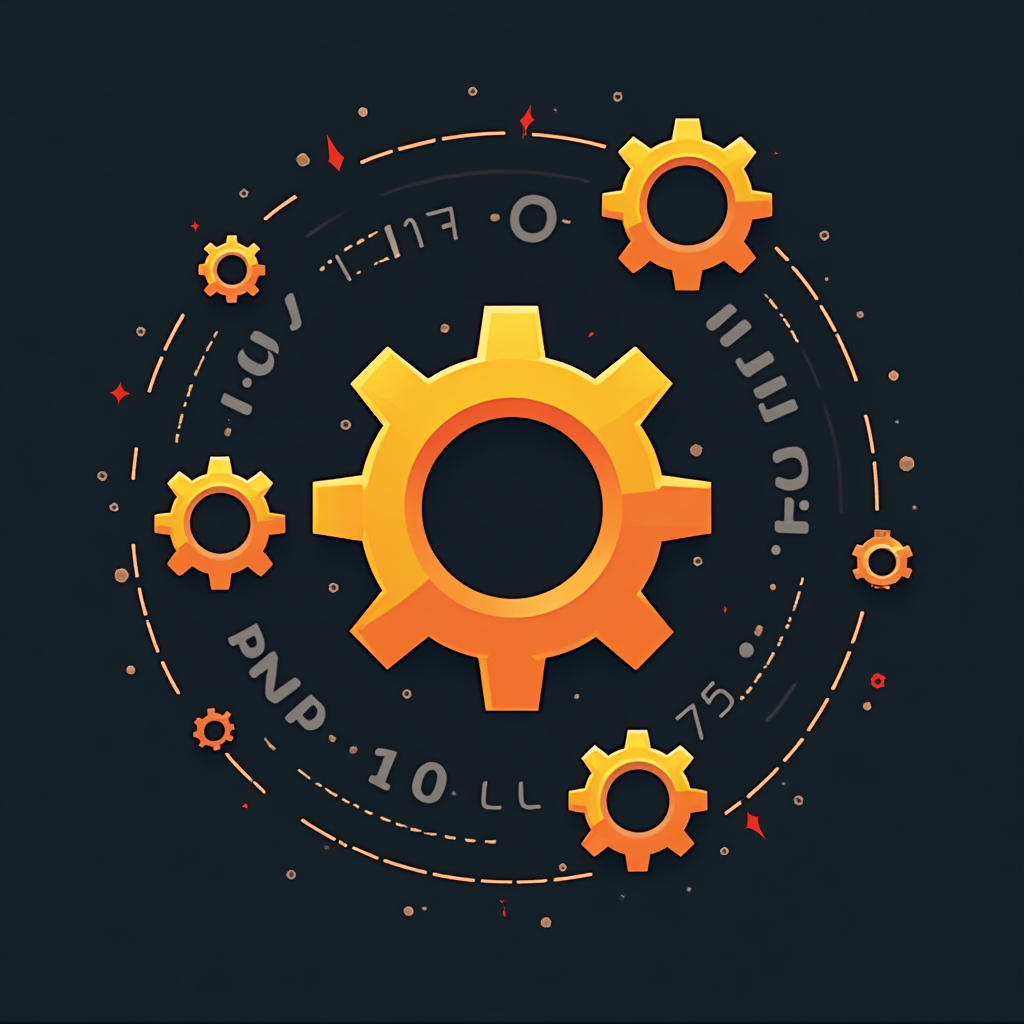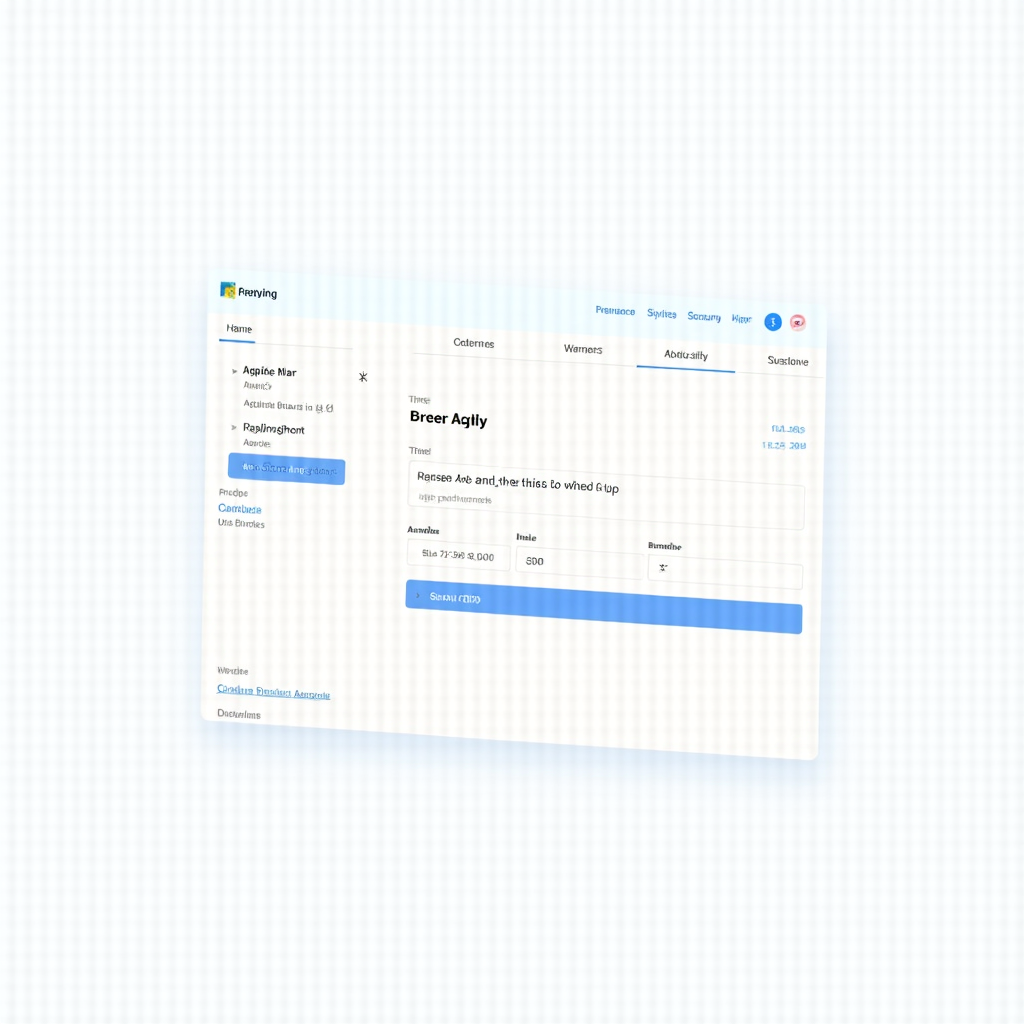Why CodeIgniter is Perfect for Mobile App Backend Development
CodeIgniter is a PHP framework used for mobile app backend development. It provides a robust and scalable foundation for building RESTful APIs. CodeIgniter’s lightweight and flexible architecture makes it ideal for mobile app development. It supports multiple databases and has a large community of developers. CodeIgniter’s simplicity and ease of use make it a popular choice for building mobile app backends quickly and efficiently, allowing developers to focus on the frontend and user experience. It is also compatible with most mobile app frameworks and libraries. This makes it a great choice for mobile app development projects.
Why CodeIgniter is Perfect for Mobile App Backend Development Read Post »

